|
Getting your Trinity Audio player ready...
|
What people really need from news
Different people need different things from news, and the user needs model has been developed to determine just that: six different reasons why people consume news. These needs go beyond just getting the facts, and stem from basic human desires: understanding the world around them, being able to join in on the conversation, share information with others and determine whether something is bad or good, wrong or right.
For an increasingly large number of people, especially the younger generations, it’s not enough to simply know what has happened. They want to understand the news, and find out how it affects them or if there are possible solutions to problems.

In short, they need stories that educate, inspire, divert, and give perspective. We’re big fans of this model and have started the Triple N project with Dmitry Shishkin to fuse it with our predictive analysis.
What are the user needs exactly, and how can you recognise them? Dmitry Shishkin was one of the first advocates of the user needs model when it was developed at the BBC, and he explains everything right here. You can watch the video below or continue reading.

Update me
To explain the user needs, we’ll start with the most basic one: update me. This is a typical news article that states the facts, answering the questions: ‘what has happened?’ and ‘what are the details?’
They are your classic “‘who, when, where, what” types of articles. The most typical formats for update me pieces are
- news story
- summary
- writeup
- live blog
- news video
Example:
Taking any election example, an ‘update me’ story will be an article telling you who won, who lost, giving you quotes, percentages, other outcomes, some background.
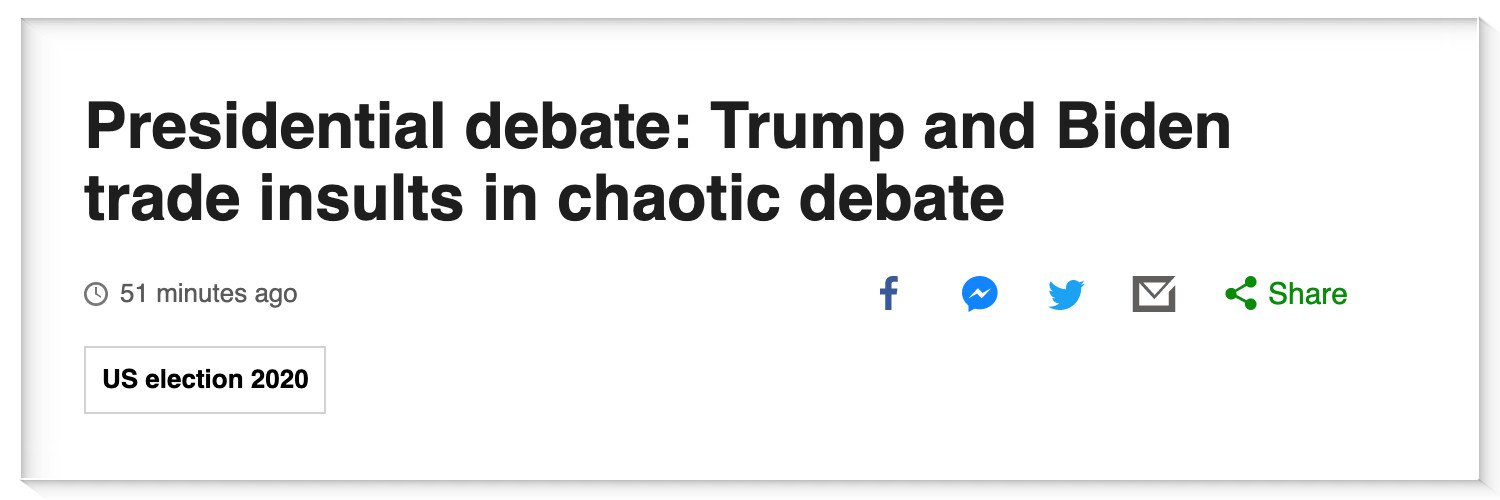
Keep me on trend
The keep me on trend articles are mostly linked to social media and what’s trending. These stories answer the question “what are people on social media saying about this particular piece of news?” Reasons for people to consume this content can be to
- be a part of or contribute to the conversation about this topic
- understand why a certain hashtag is trending on social media
You may need to do some social news gathering or investigation to create these kinds of stories. The nice thing about them is that they tend to be shared more often and generate engagement, which then creates a loop.
Typical formats for keep me on trend stories are
- an article or a short video with lots of social media posts ‘embedded’ inside it
- a collection of tweets or FB and IG posts
Example:
In case of an election, it could easily be a collection of the best social media reactions to the event, including memes.
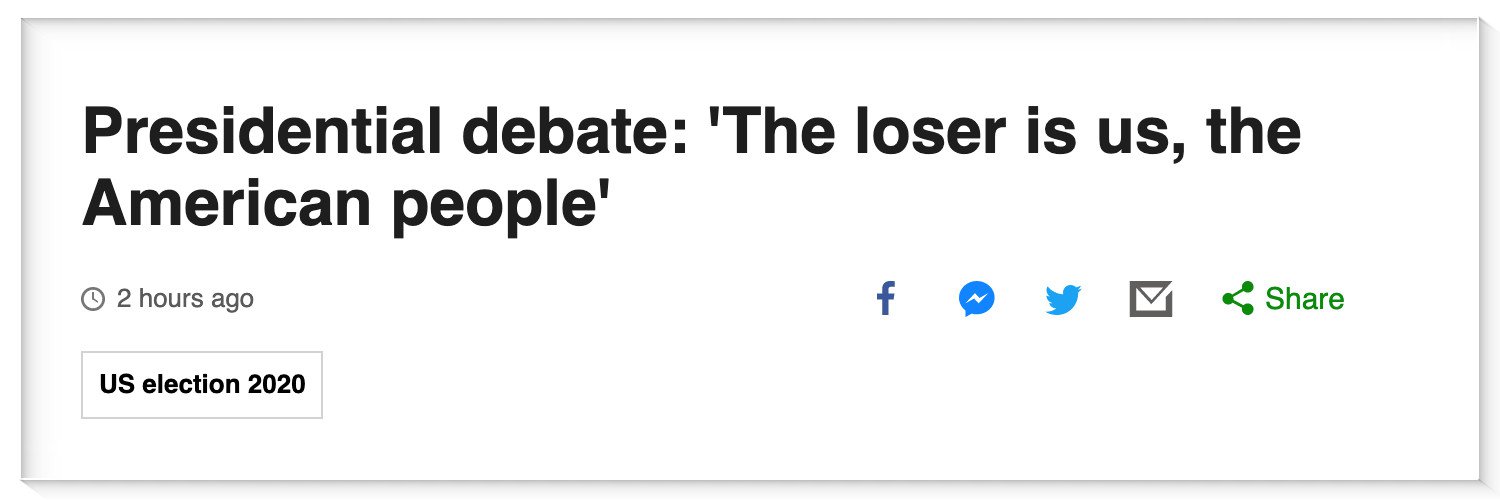
Give me perspective
With certain news events, it can be difficult for the average person to really determine what it actually means and how it can influence them. That’s why stories answering the give me perspective need are filled with opinions and quotes from analysts and experts, as they unpack a complex argument. These articles also serve to give different perspectives on a particular subject, views pro and con, to help the reader form their own opinion on the topic and allow them to participate in the discussion.
Useful formats for this need are
- profile piece
- analysis
- opinion piece
- backgrounder piece
- interviews
Example:
In case of an election, for example, it could be an evaluation by an expert, or an analytical piece about what it means to voters or to a country’s relations with the outside world.
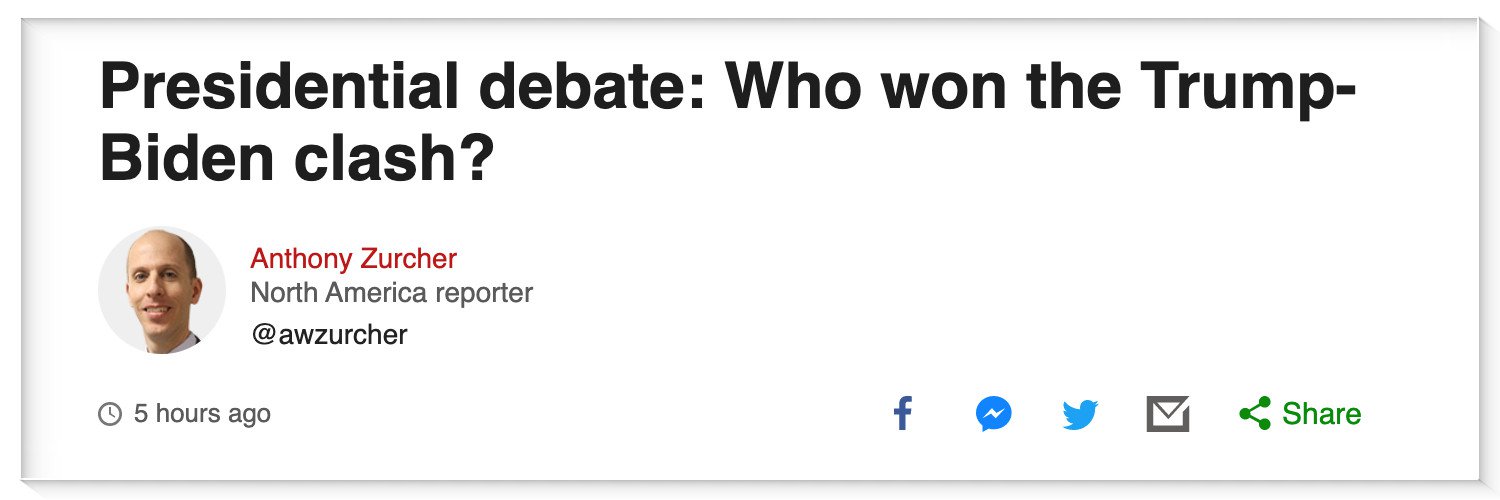
Educate me
This may be the most important user need, because it helps readers to learn more about a certain topic or event, fuel their curiosity or understand the basics of a complicated subject. That makes these types of stories very valuable for the reader.
When newsrooms overestimate their audience’s knowledge on a subject, they can make their stories too complicated and incomprehensible, making it impossible for readers to really connect with it. They might be intimidated by a story or subject, ignoring it altogether even though it may be important for them.
Some key characteristics of this type of story are that they explain the basics, sometimes even containing a glossary, explanation of terms or chronology. The most typical formats are:
- Q&A article
- Listicle
- ‘How to’ video
- Explanatory animation
When executed well, these pieces may become ‘evergreens’ on your site: people will come back and consult the background information for months and even years to come.
Example:
In case of an election, this could be a useful piece explaining to people how the election process works, what different building blocks are, what certain words and terms mean.
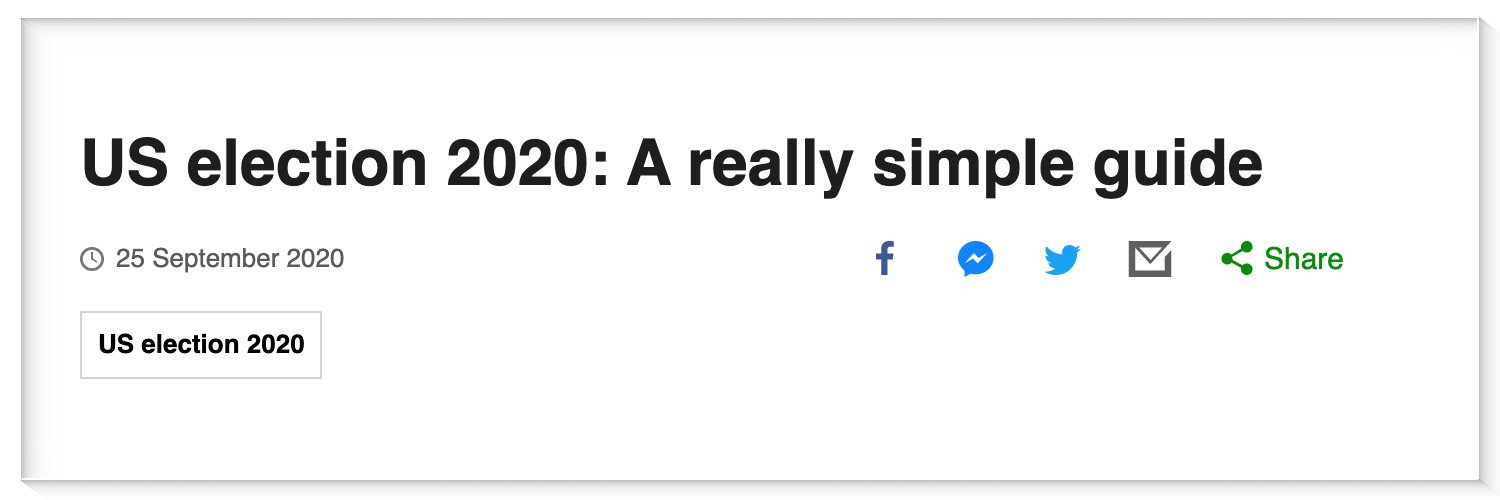
Inspire me
Inspire me pieces are designed to leave you with a good feeling. These are often stories about people who achieve something significant against all odds: interesting people doing inspiring or surprising things. But it may also be so-called ‘solution journalism’, which offers possible solutions or a positive twist to certain events. Millennials and Gen Z especially are big fans of this. They don’t want to be told that the world is a wrong or bad place, but are interested in possible ways to change it – and people who managed to be successful in it.
These pieces are often longform. Most typically, it’s a ‘first-person’ feature or a historical story, with lots of personal photographs and details.
Example:
In case of an election, it could be something empowering for the reader, or the personal story of an election monitor or a campaigner.
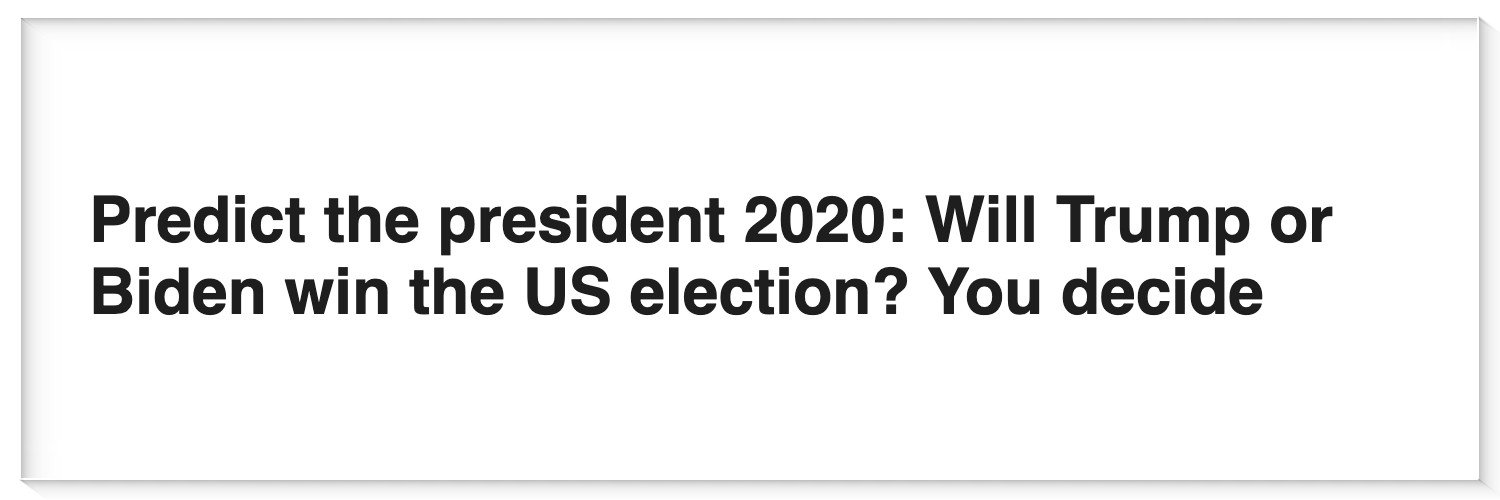
Divert me
Divert me pieces are meant to take your mind off the often negative flow of news, literally diverting your thoughts with something funny, exciting or entertaining. People need to be given something to distract themselves with: they can’t consume ‘hard news’ all the time or they’ll lose interest altogether. It can be a lighter take on a harder topic (remember that famous photo piece about all those colourful jackets Angela Merkel wore to all EU summits?).
It’s okay for news to be fun, interesting or curious – don’t feel obligated to bring serious stories all the time! The most typical formats for this user need are:
- video
- picture gallery
- surprising short piece story
Example:
For an election, this could be something surprising from the candidate’s personal life, or an overview of funny or remarkable things that happened during campaigns and debates.
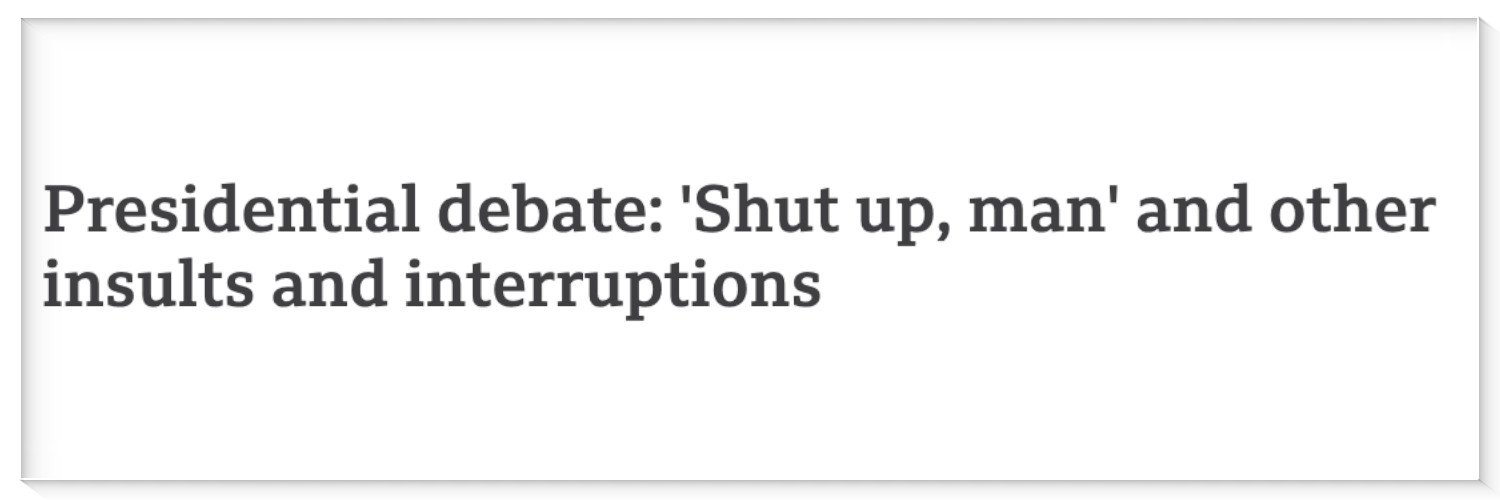
How to apply the news need approach
Usually, you’ll start with an update me piece: after all, it’s likely something happened that brought the topic on your radar. But there’s no reason to stop there. Now that you have your reader’s attention, what more can you tell them? It’s almost always possible to come up with six different editorial treatments of the newsfact, each answering a different need or question that the audience may have after reading your news story.
The second article could be a keep me on trend piece: what are people saying about this on social media? After that, educate me could come in. What are the causes that led to the event, who are involved, what does it mean for the future? Next, give me perspective brings in the opinions and views of experts that help the audience form an opinion of their own.
Then, with all the facts out of the way, it’s time to appeal more to the heart and let people connect with news on a more emotional level. That’s where the user needs inspire me and divert me come in.
By creating follow-ups to the story, you’ll manage to keep the attention of your audience for longer. They’ll notice you’re doing things differently and appreciate you for it. We wholeheartedly believe that this is a great way to set yourself apart and start building that loyal audience.
by Jacqueline Woudstra
Republished with kind permission of smartocto, the world’s most actionable editorial analytics system offering a bird’s-eye view on The Story Life Cycle©.


